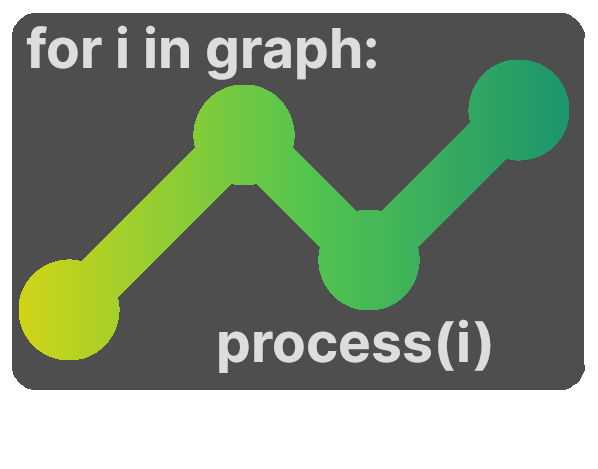
If you find any issues / have any comment, please contact kg@ebrains.eu to give us your feedback!

Metadata structures
Metadata structures are key if you want to harmonize the way metadata is registered which again is important to make the metadata compatible with each other and allow consumers to rely on specific conventions. A metadata structure can be compared to a "database scheme" in the relational database world. However, for graph databases, they contain additional information such as possible target types of a specific link and most importantly semantic property names.
openMINDS
For the EBRAINS Knowledge Graph, we are using and contributing to openMINDS. As part of the development, a schema templating syntax has been developed which is heavily related to JSON Schema but which allows to add additional information to the schema which would not be possible otherwise. As part of the build pipeline, technical valid JSON-Schemas are autogenerated just as other useful formats.
Build your own schema
You don't necessarily have to stick to openMINDS when interacting with the KG for your own purposes. The EBRAINS KG works either schema-less (which means you can upload any type of valid JSON-LD) or you can follow the approach of openMINDS and define your schemas in the specified templating language to be able to get support for the EBRAINS KG Editor and similar tools.
